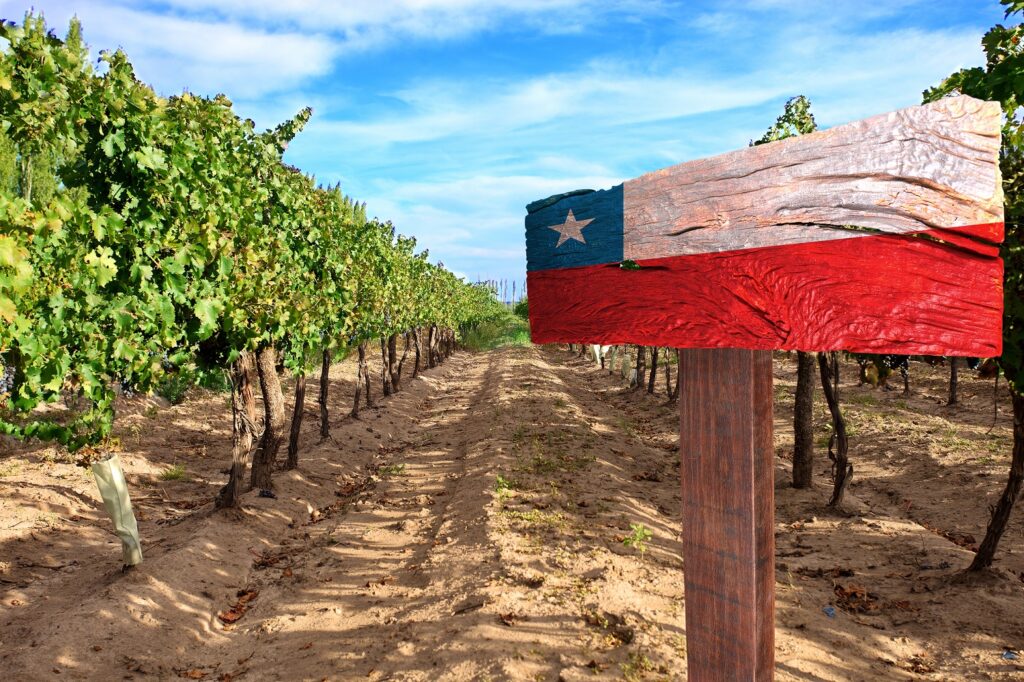Agronometrics in Charts: USDA permits non-fumigated Chilean table grapes for U.S. imports

In this installment of the ‘Agronometrics In Charts’ series, we analyze the recent USDA announcement regarding Chilean table grapes. Each week the series looks at a different horticultural commodity, focusing on a specific origin or topic visualizing the market factors that are driving change.
As reported by FreshFruitPortal.com on June 30, and after nearly 25 years of negotiations, the U.S. Department of Agriculture (USDA) has announced a significant change in the import regulations for Chilean table grapes. Exporters from Chile’s Atacama, Coquimbo, and parts of Valparaíso regions will now have an alternative to methyl bromide fumigation.

Source: USDA Market News via Agronometrics.
(Agronometrics users can view this chart with live updates here)
A pre-publication version of the Federal Register announcement was available on July 18, with the official version published July 19. The long-sought approval of an inspection-based alternative to methyl bromide fumigation will benefit fruit quality for approved exporters, industry leaders say.
The U.S. remains the primary market for Chilean table grapes, with over 322,000 metric tons shipped in the 2023-24 season, according to Andrés Rodríguez, Chile’s agricultural attaché to the U.S. and Canada. Rodríguez emphasized that this agreement will benefit growers from the Atacama, Coquimbo, and Valparaíso regions by allowing them to export without methyl bromide, substituting it with measures under the Systems Approach.

Source: USDA Market News via Agronometrics.
(Agronometrics users can view this chart with live updates here)
Rodríguez noted that this development will positively impact the entire supply chain in the U.S., ensuring a high-quality product. The System Approach and mitigation measures will only apply to regions demonstrating pest absence, providing a safer and more commercially advantageous option for U.S. importers and consumers.
The requirement for methyl bromide fumigation was initially implemented in 1960 to address the Chilean false red mite and was later revised and reinstated. Despite a proposed rule in 2008 that aimed to permit imports under a systems approach, an outbreak of the European grapevine moth led to its postponement.
Recent revisions to import requirements now allow grapes from regions with low or absent European grapevine moth prevalence to be imported using either a systems approach or irradiation treatment. The USDA determined that these methods, alongside the existing methyl bromide option, are effective for managing pests.
While the Systems approach is anticipated to offer a new export pathway, the USDA notes that its impact on overall U.S. imports will be limited. Not all regions or packinghouses will qualify, and stringent requirements will apply to those that do.














































